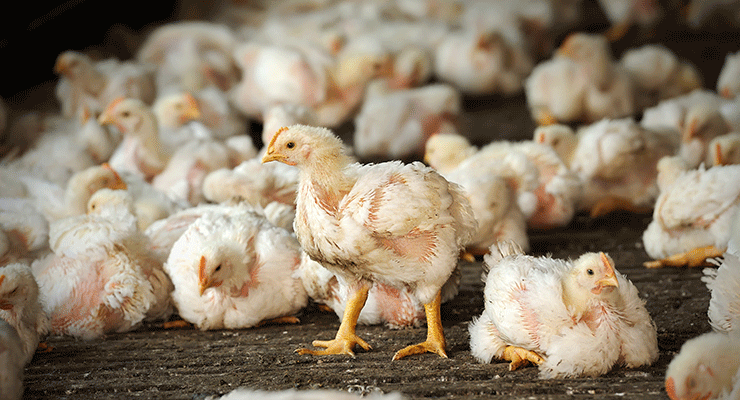Scientists led by researchers at the University of Edinburgh recently published findings from analysis of how H5N8 avian influenza spread around the world following outbreaks in South Korea that began in early 2014.
The team analyzed migration patterns of infected wild birds, demonstrating how some birds help to spread deadly strains of avian flu. The team then compared the genetic code of viruses isolated from infected birds collected from 16 different countries.
Their findings reveal that H5N8 was most likely carried by long-distance flights of infected migrating wild birds from Asia to Europe and North America via their breeding grounds in the Arctic.
The researchers say their findings reinforce the importance of maintaining strict exclusion areas around poultry farms to keep wild birds out and that greater surveillance of wild birds at known breeding areas could help to provide early warning of threats of specific flu virus strains to birds and people.
“Bird flu is a major threat to the health and wellbeing of farmed chickens worldwide,” noted lead author Samantha Lycett, of the University of Edinburgh’s Roslin Institute. “Our findings show that with good surveillance, rapid data sharing and collaboration, we can track how infections spread across continents.”
Highly pathogenic avian influenzas can kill up to 100 percent of the birds they infect within a few days.
Professor Mark Woolhouse, also of the University of Edinburgh, concluded: “This study could only have happened through bird flu researchers around the world pooling resources and working together. We see this as a model for how scientists should unite to combat infectious diseases of all kinds.”
Read more: Role for migratory wild birds in the global spread of avian influenza H5N8.



